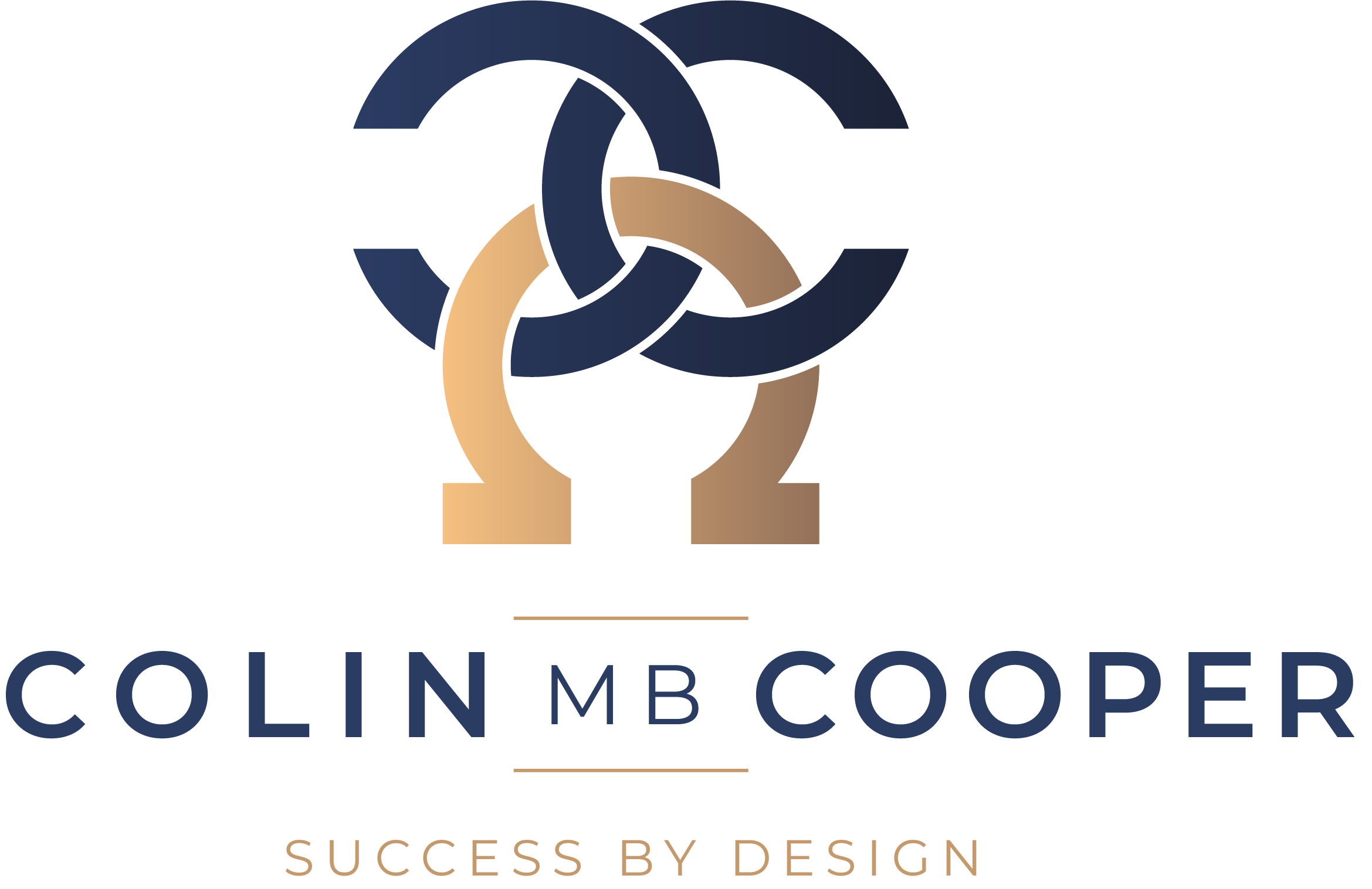There’s no doubt businesses today operate in a fast-paced world and are constantly faced with the challenge of adapting to new technologies to stay competitive. Regardless of industry, organisations of all sizes need to be able to navigate the ongoing digital transformation and effectively integrate new technologies into their operations.
Thriving in business today means implementing effective strategies to successfully introduce and implement emerging technologies into operations. In this article, I’ll explore some key strategies to help your business find its way through the maze of digital transformation to leverage the power of tech advancements.
Understanding the Digital Transformation
Digital transformation refers to integrating digital technologies into all areas of a business, resulting in fundamental changes to how it operates and delivers value to customers. This can include implementing new software systems, adopting cloud computing, using big data analytics, incorporating artificial intelligence, and more.
The digital transformation is about much more than just using technology to improve efficiency and reduce costs. It’s also about leveraging technology to create a competitive advantage, innovate business processes, and enhance the customer experience.
Identifying Key Technologies for Your Business
With so many emerging technologies coming to market, it’s easy to get overwhelmed when determining which ones are right for your business. The key is to identify technologies that align with your overall business objectives and can help you achieve specific goals. For example, investing in automation or machine learning could be beneficial if your goal is to increase productivity.
It’s also important to consider the potential impact on different areas of your business, such as operations, customer service, marketing, and sales. This will help you prioritise which technologies to implement first and how they can work together seamlessly to drive overall business success. Without an over-arching plan behind your technology choices, you risk investing in tech that doesn’t align with your business goals or work together effectively.
- Stay updated with the latest trends, emerging technologies, and industry best practices.
- Conduct thorough research and analysis to identify the most promising technologies for your business.
- Engage with industry forums, attend conferences, and network with experts to gain their insights.
Building a Culture of Digital Adaptability
Introducing new technologies into a business requires more than just purchasing and implementing them – it also requires a shift in mindset and company culture. It’s important to create a workplace environment where employees are open to change and willing to embrace new technologies. This generally involves providing training and support for employees to upskill. As new technologies emerge, learning how to use them effectively will be critical for businesses to stay relevant and competitive. Staff will need time and encouragement to develop confidence with new applications and systems, and by fostering an environment of experimentation, innovation and open communication, the benefits of new technologies will be seen.
Cross-functional collaboration is an effective way to build a culture of digital adaptability. By involving employees from different departments in the decision-making process for technology implementation, you can ensure everyone’s needs and concerns are addressed, and they have a sense of ownership, investment, and enthusiasm for the change.
- To effectively integrate new technologies, you need to foster a culture of innovation within your organisation.
- Encourage employees to embrace change and be open to new ideas.
- Promote collaboration and create cross-functional teams to drive innovation initiatives.
- Provide opportunities for employees to upskill and reskill to stay relevant in the digital age.
The Importance of Flexibility
Innovation is the one constant in today’s business world, so it’s essential to remain flexible when implementing new technologies as they update and change frequently. Keeping on the tech front foot means being open to feedback from employees, customers, and other stakeholders and making necessary adjustments. Businesses that remain flexible and adaptable to change can more easily pivot when necessary, ensuring they stay current and competitive in the rapidly evolving tech landscape.
- Traditional project management approaches may not be suited to the fast-paced nature of digital transformation.
- Agile practices focus on incremental development, allowing the testing of new concepts, gathering feedback, and making course corrections along the way.
- Agility means responding effectively to market demands and seamlessly incorporating new technologies into processes and operations.
Invest in Data-driven Insights
Data is the fuel that powers digital transformation. Invest in robust data analytics tools and infrastructure to collect, analyse, and derive actionable insights from your data. Leverage the power of artificial intelligence (AI) and machine learning (ML) to uncover patterns, trends, and predictive insights. You can make informed decisions, enhance operational efficiency, and drive growth by harnessing data-driven insights. Remember to prioritise data security and compliance to protect sensitive information and build trust with all stakeholders.
Embracing Digital Partnerships
Navigating the digital transformation doesn’t have to be done alone. Partnering with other businesses or technology providers can help you access resources, expertise, and support that can accelerate your journey towards successful integration. Collaboration is key in today’s business world, and building strong partnerships can fast-track your digital initiatives. Choose to partner with those who align with your business values, have a track record of tech success, and demonstrate a deep understanding of your industry.
Continuously Monitor and Adapt your Tech Progress
Tech implementation is an ongoing process, and so it’s critical to continuously monitor and adapt. Establish key performance indicators (KPIs) and metrics to gauge the progress and impact of your digital initiatives. Regularly assess the effectiveness of your strategies and make necessary adjustments to stay on track. Embrace a continuous learning and improvement culture, encouraging employees to share feedback and insights. By continuously monitoring and adapting, you’ll be able to ensure your digital transformation journey remains aligned with the forever-changing technology.
Conclusion
A successful digital transformation requires a clear vision and strategy aligned with your business goals. To get started, you’ll want to define the purpose and objectives of your digital transformation and then identify the key areas where digital technologies can bring the most value. Whether streamlining internal processes, improving customer experience, or exploring new business models, your vision should be specific and achievable. Develop a roadmap that outlines the steps, milestones, and timelines for implementing new technologies and continuously monitor and adapt as needed. Remember, digital transformation is not a one-time project but an ongoing journey of evolution and adaptation to stay competitive in today’s ever-changing business landscape. With the right mindset, culture, partnerships, and data-driven insights, your business can confidently embrace the digital age and drive success for years to come.



